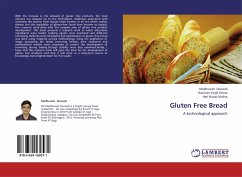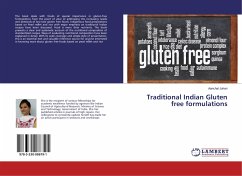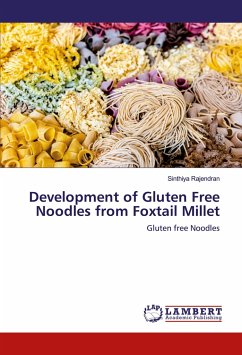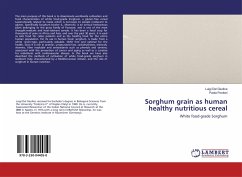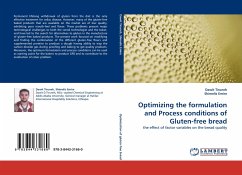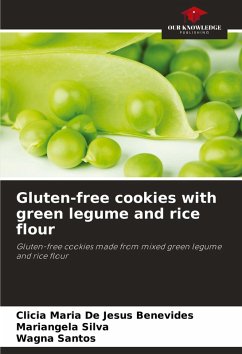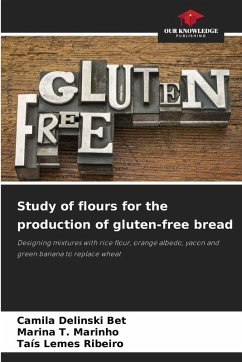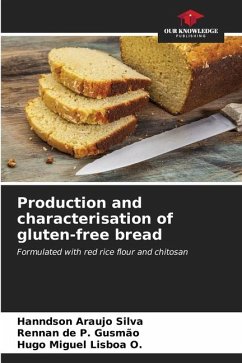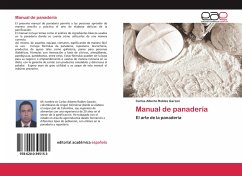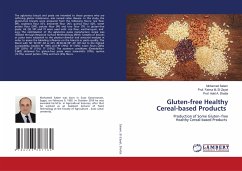
Gluten-free Healthy Cereal-based Products
Production of Some Gluten-freeHealthy Cereal-based Products
Versandkostenfrei!
Versandfertig in 6-10 Tagen
51,99 €
inkl. MwSt.

PAYBACK Punkte
26 °P sammeln!
The aglutenics biscuit and pasta are intended to those persons who are suffering gluten intolerance, also named celiac disease. In this study, the gluten-free biscuits were prepared from the following flours: rice flour (RF), soybeans flour (SF), amaranth flour (AF), quinoa flour (QF), sweet potato flour (SPF), potato flour (PF) and taro flour (TF). In gluten-free pasta, AF, QF, SPF and TF were used with: rice flour, xanthan-gum, and egg. The optimization of the aglutenics pasta manufacture recipe was realized through Response Surface Methodology (RSM). Samples of biscuits or pasta were subjec...
The aglutenics biscuit and pasta are intended to those persons who are suffering gluten intolerance, also named celiac disease. In this study, the gluten-free biscuits were prepared from the following flours: rice flour (RF), soybeans flour (SF), amaranth flour (AF), quinoa flour (QF), sweet potato flour (SPF), potato flour (PF) and taro flour (TF). In gluten-free pasta, AF, QF, SPF and TF were used with: rice flour, xanthan-gum, and egg. The optimization of the aglutenics pasta manufacture recipe was realized through Response Surface Methodology (RSM). Samples of biscuits or pasta were subjected to the physico-chemical and sensorial analyses in order to assess the blending influence on the biscuits or pasta quality. The blend with 50: 50 (RF: AR or OF), 40:30:30 (RF: AF: QF) led to the highest acceptability, besides RF 100% and RF (70%): SF (10%): tuber flours (20%) [SPF (20%): PF (15%): TF (10%)]. The optimum conditions (Desirability= 0.662) obtained for gluten-free pasta were amaranths (10%), quinoa (12.5%), sweet potato (15%) and taro (2%) flours.



